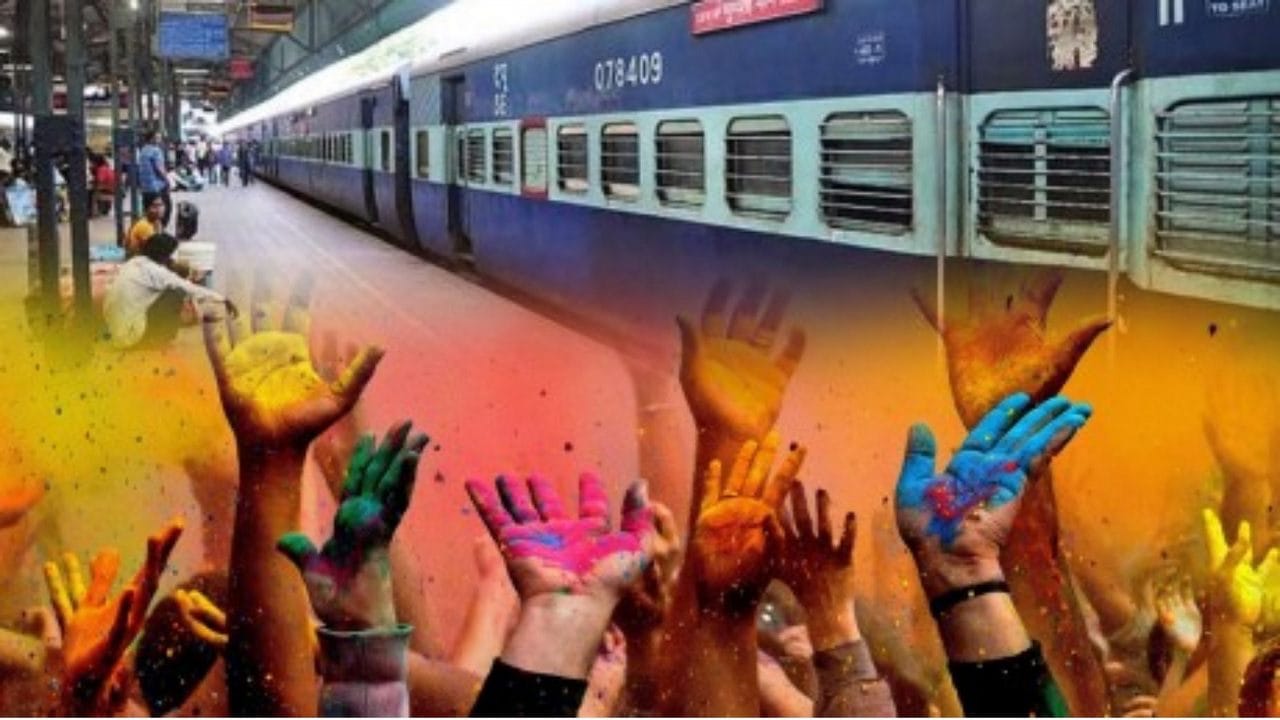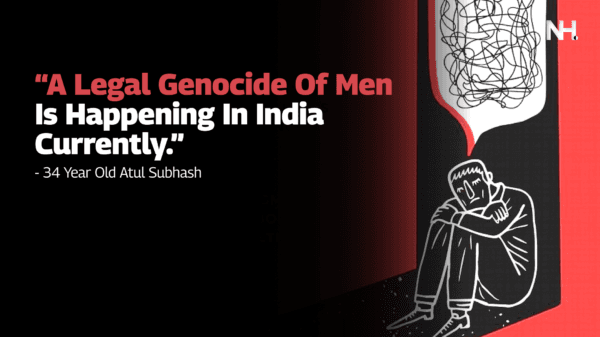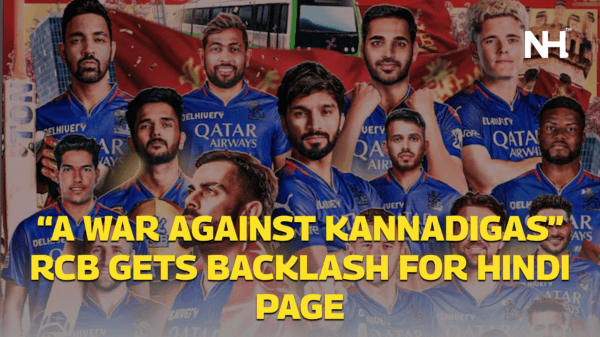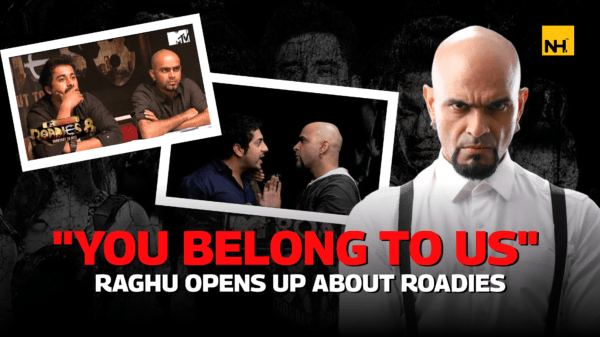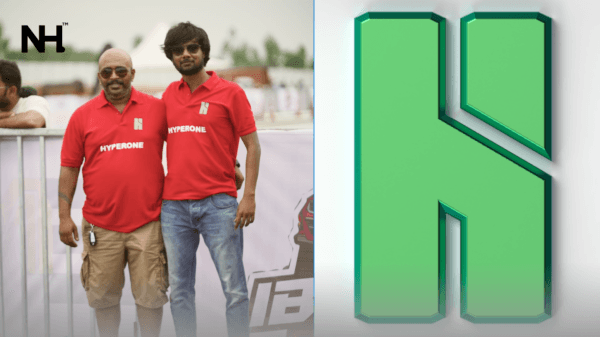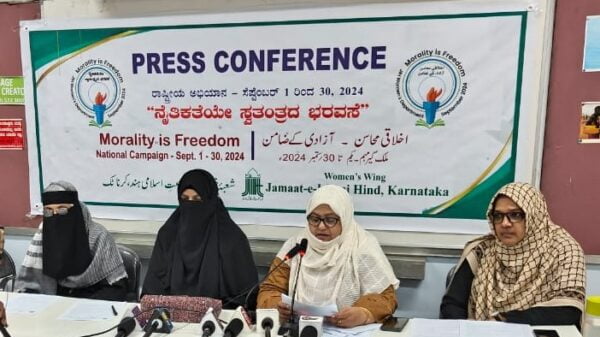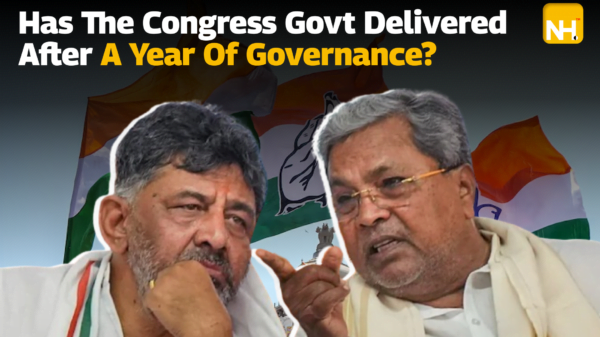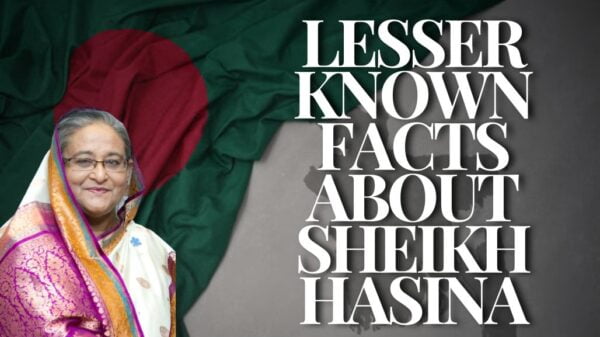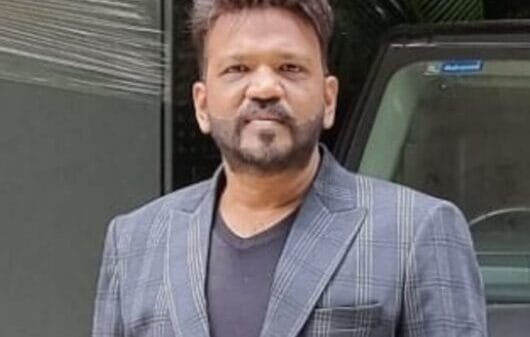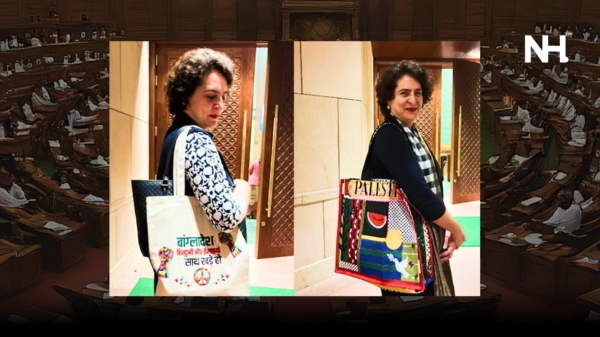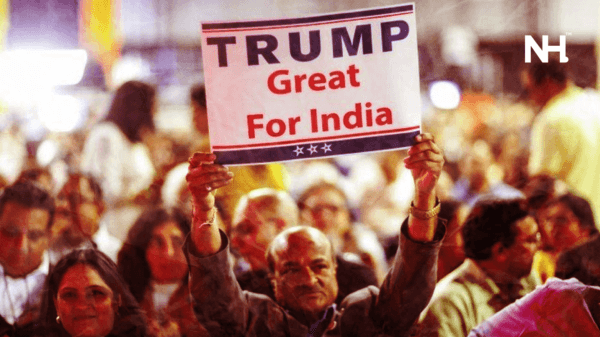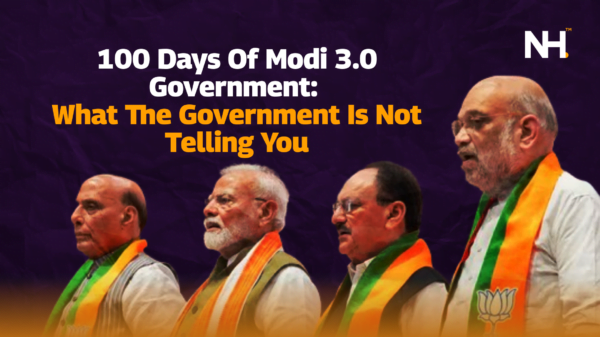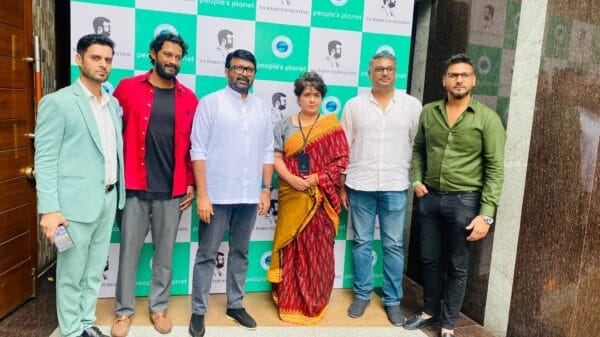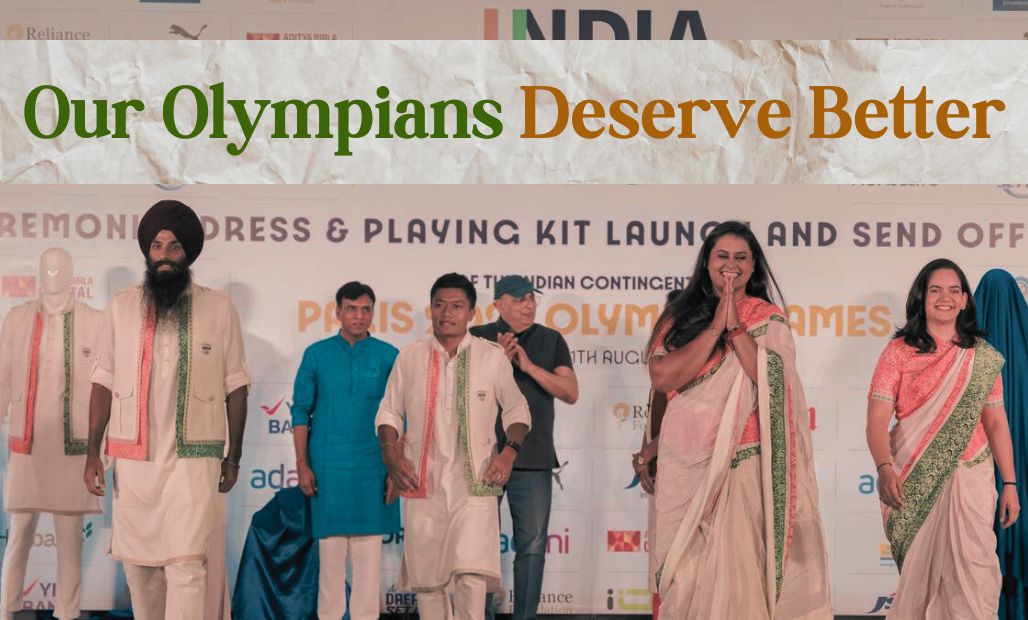As the world eagerly anticipates the 2024 Paris Olympics, Team India finds itself at the center of an unexpected controversy. The recent unveiling of the Indian contingent’s uniform for the opening ceremony has sparked a heated debate, leaving many questioning its design choice and decision-making process.
Renowned designer Tarun Tahiliani, known for his opulent creations and celebrity clientele, was tasked with crafting outfits representing India on the global stage. However, the result has left much to be desired, with critics and fans alike expressing disappointment and even embarrassment over the lackluster designs.
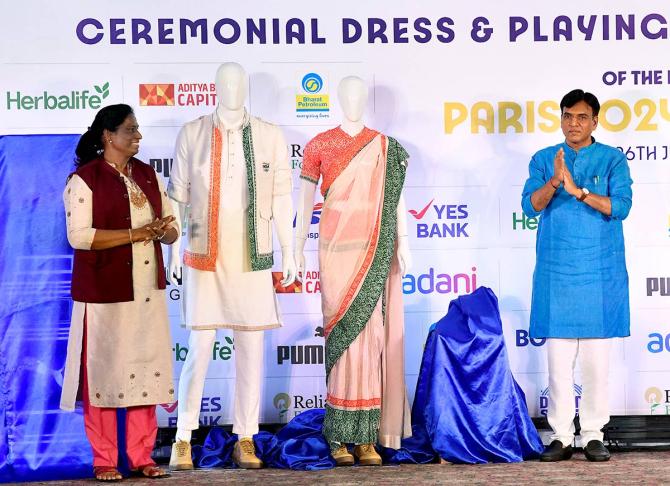
Union Sports and Youth Affairs Minister Mansukh Mandaviya and Indian Olympic Association (IOA) President PT Usha unveils the ceremonial dress designed by TASVA owner Tarun Tahiliani
The uniforms revealed during a ceremonial send-off organized by the Indian Olympic Association in New Delhi, feature saris for women athletes and kurta-Bundi sets for men. While the intention was to showcase Indian culture and patriotism, the execution has fallen short of expectations, drawing comparisons to school Independence Day parade costumes rather than outfits befitting Olympic champions.

The women’s ensemble consists of a sari with a border in green and orange hues, adorned with an intricate white print. This is paired with an orange high-collar blouse and brown shoes – a combination that has failed to impress viewers. The men’s attire, comprising a plain white kurta with a minimal border and a white churidar, is equally uninspiring. The accompanying jacket features subtle pockets with orange and green border detailing, a nod to the Indian flag that many feel lacks creativity and flair.
Tahiliani, in his defense, cited practical considerations in his design choices. “They are going to be wearing it for three hours. At 40 degrees Celsius, how to make them look good? So, we focused on cotton,” he explained to The Hindu. However, this statement has been met with skepticism, as weather forecasts for Paris on the day of the opening ceremony predict temperatures between 15 and 25 degrees Celsius – a far cry from the sweltering heat Tahiliani seems to have designed for.
The designer’s claim that the outfits “truly reflect the Indian modern vision, the evolution of Indian fashion and the fusion of traditional craftsmanship with innovative design concepts” has been met with widespread derision. Many argue that if this represents the future of Indian fashion, it’s a future they’d rather not see.
The controversy has ignited a broader discussion about the role of high-profile designers in creating national uniforms and the potential for promoting local artisans instead. Critics argue that designers like Tahiliani, who recently gained attention for dressing Kim Kardashian at Anant and Radhika Ambani’s wedding, maybe more focused on glamour and monetary gain than on truly representing the nation’s spirit.
This incident stands in stark contrast to the success of other countries’ Olympic uniforms. Team Mongolia, for instance, has garnered praise for their attire designed by local label Michel & Amazonka. Their uniforms masterfully blend Olympic symbols with distinctly Mongolian elements, showcasing how tradition and modernity can coexist harmoniously in sportswear.
India’s past performances in this arena have been notably better. The 2018 Commonwealth Games in Australia’s Gold Coast City saw the Indian contingent sporting chic navy blue suits with paisley jacquard ties and pocket squares for men, while women wore well-fitted blazers and slim pants with a dramatic paisley jacquard drape evoking a sari. This ensemble successfully married tradition with contemporary style, leaving many to wonder why the same level of thought and creativity wasn’t applied to the 2024 Olympics uniform.
The backlash against Tahiliani’s designs has been swift and severe. Social media platforms are awash with criticism, with many expressing their disappointment and embarrassment. Some have even jokingly suggested that a college student could have come up with more inspired designs, while others nostalgically recall the iconic white sari with a golden border from the Bollywood film “Chak De India” as a superior alternative.
This controversy raises important questions about the process of selecting designers for national uniforms and the criteria used to evaluate their proposals. It also highlights the need for a more inclusive approach that considers public opinion and the sentiments of the athletes who will be wearing these outfits on the world stage.
As the 2024 Paris Olympics draw nearer, it remains to be seen whether any changes will be made to Team India’s uniforms. Regardless of the outcome, this incident serves as a valuable lesson in the importance of thoughtful design and the power of clothing to represent a nation’s spirit. It’s a reminder that when it comes to Olympic fashion, a stitch in time – and the right direction – could indeed save nine.
Read Also:


